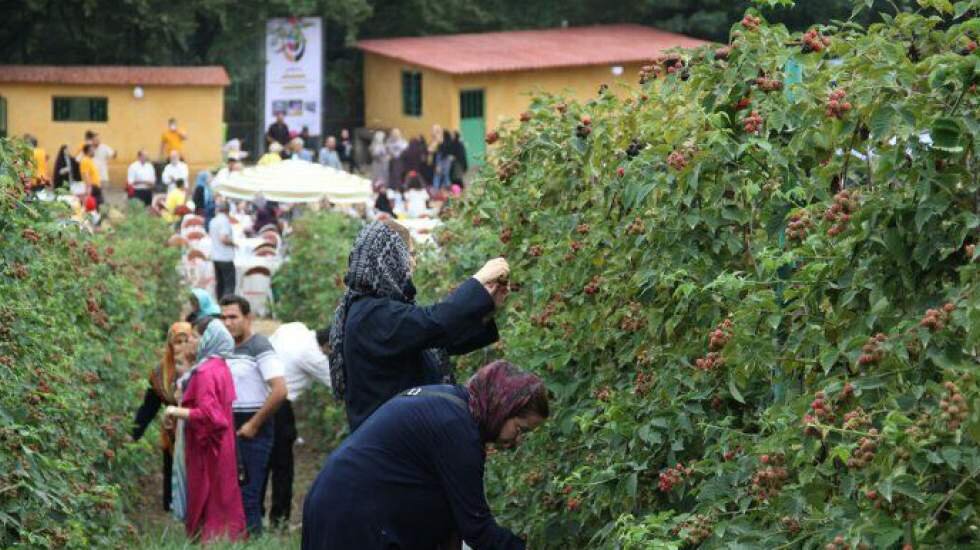Lush Golestan province to extend support for agritoursm

TEHRAN – Iran’s Golestan province will be extending support for bolstering agritoursm across its vast lush green lands.
The provincial government in close collaboration with the Ministry of Agriculture will provide low-interest loans to those who are want to establish tourism farms, the governor-general Hadi Haqshenas said on Saturday.
Haqshenas also referred to Tuskestan village as a “successful sample”, adding: “Over the past couple of years, the development of a tourism farm in Tuskestan village, has introduced a new chapter of investment in agritourism across the province.”
“In line with this successful experience, the province is ready to provide loans and tourism facilities to eligible applicants to establish the same tourism farms.”
Nowadays, urban life has largely shifted to apartment living. Creating a mindset of working on farms and using its products will create a link between industrial life and nature, he explained.
The village includes sections for growing raspberries, strawberries, vegetables, and summer vegetables, as well as animal breeding and agricultural education space.
Some experts believe that in addition to the customer services jobs, agritourism pays special attention to the production sector, saying “For this reason, agricultural tourism is much more important and practical than other branches of tourism because it creates a new chain and diversity in the field of production and services.”
Agritourism and nature-tourism enterprises might include outdoor recreation (fishing, hunting, wildlife study, horseback riding), educational experiences (cannery tours, cooking classes, or tea or coffee tasting), entertainment (harvest festivals or barn dances), hospitality services (farm stays, guided tours, or outfitter services), and on-farm direct sales (u-pick operations or roadside stands). It is a subset of a larger industry called rural tourism that includes resorts, off-site farmers' markets, non-profit agricultural tours, and other leisure and hospitality businesses that attract visitors to the countryside.
Rural tourism, however, differs from agritourism in two ways. First, rural tourism enterprises do not necessarily occur on a farm or ranch, or at an agricultural plant, they do not generate supplemental income for the agricultural enterprise.
To cite an example, we could refer to saffron farms in northeast Iran that are going to fame as a new destination for agritourism. Iranian Saffron is known as the “red gold”, saffron is a magical ingredient in Persian culture, from aromatic foods and colorful desserts to the physical and spiritual medicine.
AFM/
